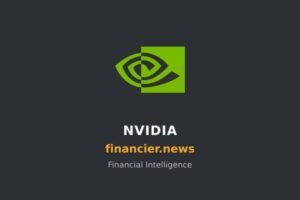#Tesla #ElonMusk #Robotaxi #Cybercab #Robovan #WeRobotEvent #ElectricVehicles #AutonomousDriving #StockMarket #SellSignal #Investment #Technology
Tesla, the electric vehicle pioneer led by the enigmatic Elon Musk, recently made headlines with its much-anticipated “We Robot” event, aiming to showcase the company’s advancements in autonomous driving and robotics. The buildup to the event was intense, with expectations set to lofty heights by both Musk and the company. The unveiling of the Cybercab and Robovan was meant to mark a significant milestone in Tesla’s journey toward dominating the future of autonomous transportation. However, the reaction from the market following the event was tepid, representing a disconnect between Tesla’s ambitious vision and investor sentiment.
At the heart of the investors’ disappointment was the perceived gap between Musk’s visionary promises and the tangible progress demonstrated at the event. The market had high hopes for groundbreaking advancements or a more immediate roadmap to the deployment of autonomous vehicles. However, the details provided were seen as lacking in substance or novelty, failing to ignite the enthusiasm expected from such a highly anticipated showcase. This sentiment was promptly reflected in the stock market, where Tesla faced a sharp sell-off, underlining the growing skepticism around the company’s ability to meet its ambitious goals in the near term.
This stark market reaction serves as a cautionary tale for investors and industry watchers alike, highlighting the volatile relationship between high-growth tech companies and market expectations. Tesla, under Musk’s leadership, has been at the forefront of some of the most significant technological advancements in recent history. However, the pathway to realizing a future peppered with robotaxis and autonomous vehicles appears more challenging and prolonged than previously anticipated. The sell signal flashing on Tesla’s stock not only underscores the risks associated with high expectations but also reflects broader concerns over the pace of innovation and regulatory hurdles facing autonomous vehicle technology.
Looking ahead, the implications for Tesla and the broader electric vehicle and autonomous driving sectors are significant. Investors will likely recalibrate their expectations, seeking more than just visionary pronouncements to sustain their confidence in the company’s stock. For Tesla, the challenge will be to balance the grandeur of its visionary projects with pragmatic advancements and clearer timelines that can quell market apprehensions. The journey towards autonomous mobility is fraught with technical, regulatory, and competitive challenges, but for companies like Tesla, navigating these hurdles with transparency and tangible progress could redefine the future of transportation. As the dust settles on the “We Robot” event, the lessons learned may well inform not just Tesla’s strategy but also the broader tech industry’s approach to innovation and market communication.
$TSLA











Comments are closed.